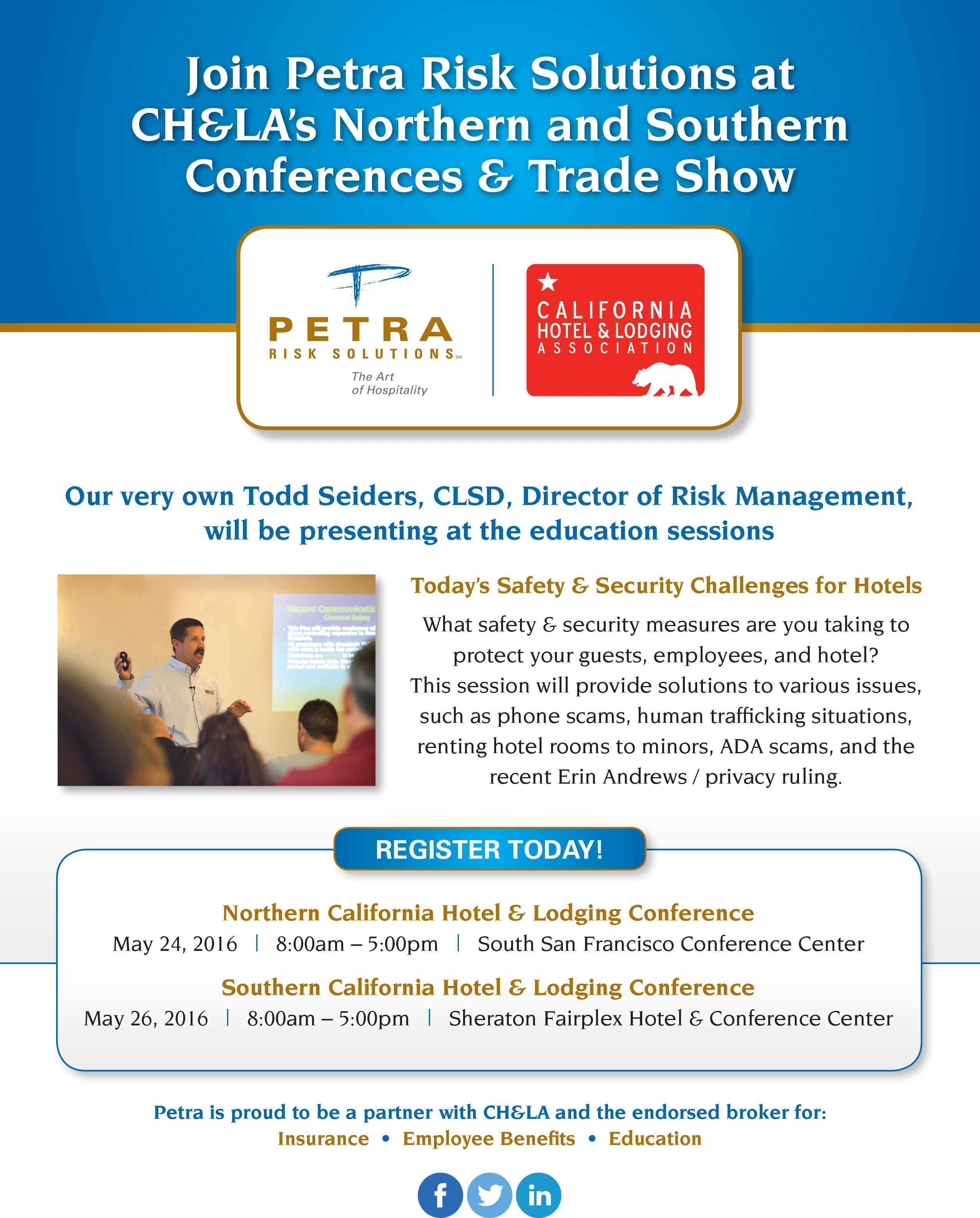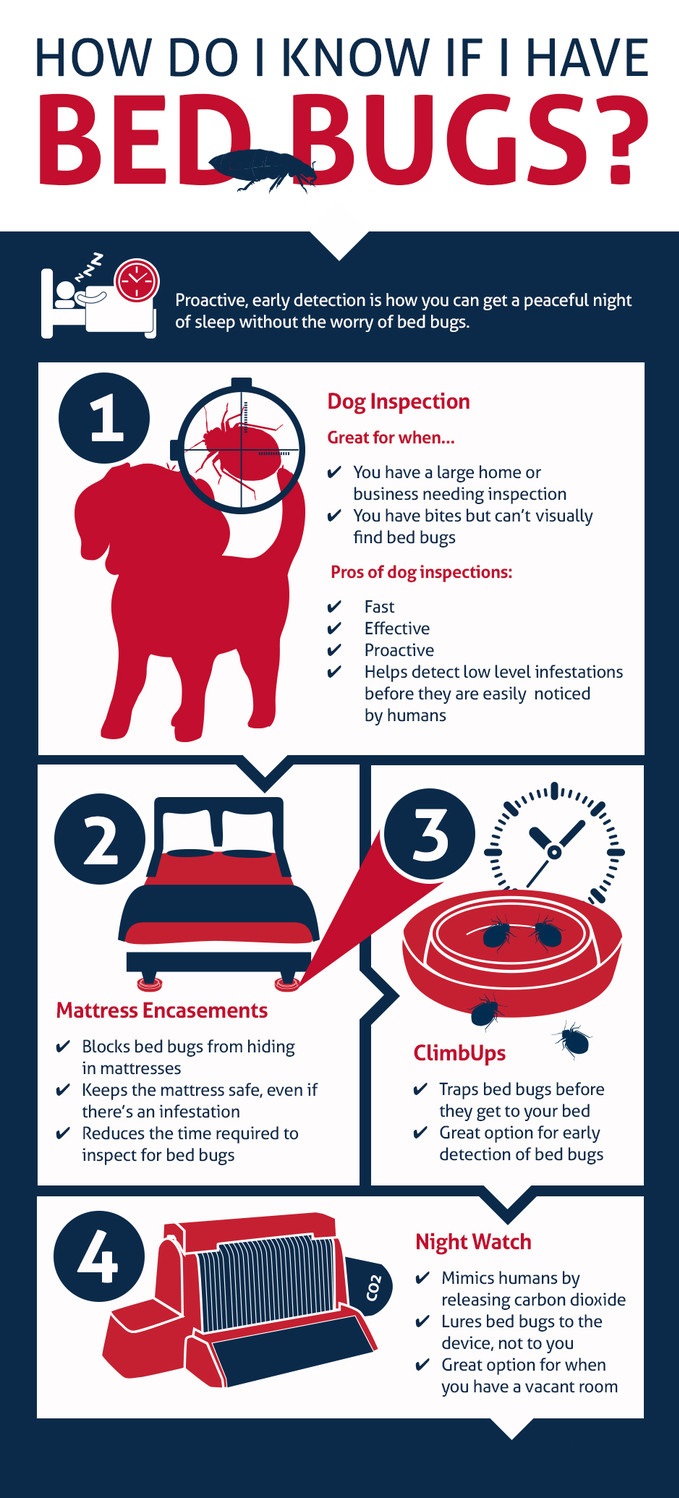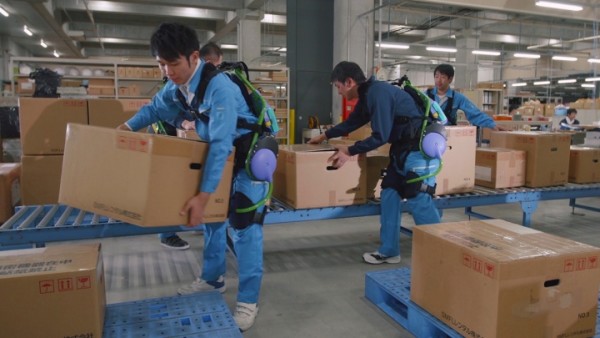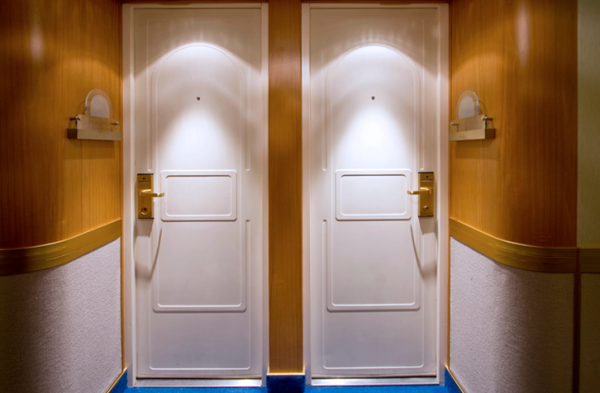
All California businesses with 10 or more employees – including lodging establishments – are covered by Proposition 65, and they therefore have to post special “warning” notices in specific locations. There is a new Proposition 65 “warning notice” required for Bisphenol A (BPA) that takes effect May 11, 2016, and it will affect a number of lodging establishments.
The new warning – which was issued by the Office of Health Hazard Assessment (OEHHA), applies to canned and bottled foods and beverages that are offered for retail sale (i.e., “foods and beverages packaged in hermetically sealed, durable metal or glass containers; including, but not limited to those containing fruits, vegetables, soups, pasta products, milk, soda, and alcoholic beverages”).
The obligation to provide BPA warnings falls primarily on manufacturers, producers, packagers, importers or distributors of canned and bottled foods and beverages. However, if a “retailer” or its authorized agent receives a specified written notice from a manufacturer, either “directly or through a trade association,” the retailer must then provide the BPA warning at every “point of sale.” (“Point-of-sale” means the area within a retail facility where customers pay for foods and beverages, such as the cash register or check-out line where the warning sign is likely to be seen and understood prior to the consumer purchasing the canned or bottled food or beverage. Point-of-sale also includes electronic check-out functions on Internet websites. OEHHA has advised CH&LA that “point-of-sale” includes vending machines.).
Hotels that sell or provide canned and bottled foods and beverages (e.g., a sundry shop or food sale area, or in connection with conventions or business meetings) will be required to post the warning.
(Note: manufacturers and others in the chain of distribution must “provide, or offer to provide, to the retail seller, at no cost, a sufficient number of the required point-of-sale warning signs ….” If you receive such a notice, ask your distributors to provide you with the warning signs.)
The specific BPA warning must:
Contain the word “WARNING” in all capital letters and bold print, and the words: “Many food and beverage cans have linings containing bisphenol A (BPA), a chemical known to the State of California to cause harm to the female reproductive system. Jar lids and bottle caps may also contain BPA. You can be exposed to BPA when you consume foods or beverages packaged in these containers. For more information go to: www.P65Warnings.ca.gov/BPA.”
The warning sign should be no smaller than 5 x 5 inches. The BPA warning must be “displayed with such conspicuousness, as compared with other words, statements, designs, or devices at the point-of-sale, as to render it likely to be read and understood by an ordinary individual prior to purchase of the affected products.”
Important Note: Prop. 65 already has a different, non-BPA, warning requirement for hotels, restaurants, and other businesses that sell foods and non-alcoholic beverages (WARNING: Chemicals known to the State of California to cause cancer, or birth defects or other reproductive harm may be present in foods or beverages sold or served here.) In the context of hotels, this general warning for foods and non-alcoholic beverages needs to be provided in all dining rooms and areas, and also in room service menus and in other appropriate places.
Members should bear in mind that CH&LA is not a law firm, and this alert is not intended as legal advice. Lodging operators with questions should consult with legal counsel. Members are also free to contact our Member Legal Advisor, Jim Abrams (jim@calodging.com).
CH&LA has explanatory materials on the Prop. 65 signage requirements. CH&LA and CABBI members can access these materials in the “members” section of www.calodging.com. Non-members should contact Sandra Oberle (Sandra@calodging.com) for this information.











